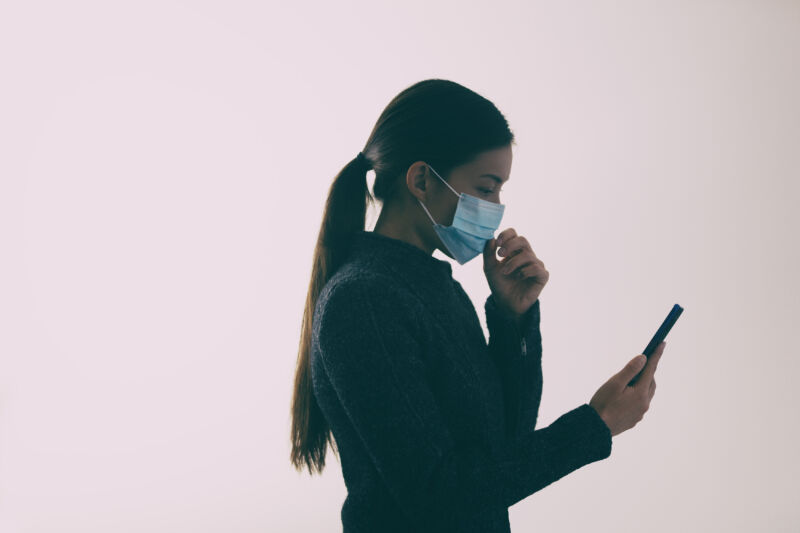Contact-tracing software could accurately gauge COVID-19 risk

It's summer 2021. You rent a house in the countryside with a bunch of friends for someone's birthday. The weather's gorgeous that weekend, so mostly you're all outside-pool, firepit, hammock, etc.-but you do all sleep in the same house. And then on Tuesday, you get an alert on your phone that you've been exposed to SARS-CoV-2, the virus that causes COVID-19. How likely are you to now have it?
To answer that question, a group of statisticians, data scientists, computer scientists, and epidemiologists in the UK analyzed 7 million people who were notified that they were exposed to COVID-19 by the NHS COVID-19 app in England and Wales between April 2021 and February 2022. They wanted to know if-and how-these app notifications correlated to actual disease transmission. Analyses like this can help ensure that an app designed for the next pathogen could retain efficacy while minimizing social and economic burdens. And it can tell us more about the dynamics of SARS-CoV-2 transmission.
Over 20 million quarantine requestsThe NHS COVID-19 app was active on 13 to 18 million smartphones per day in 2021. It used Bluetooth signals to estimate the proximity between those smartphones while maintaining privacy and then alerted people who spent 15 minutes or more at a distance of 2 meters or less from a confirmed case. This led to over 20 million such alerts, each of which came with a request to quarantine-quite a burden.